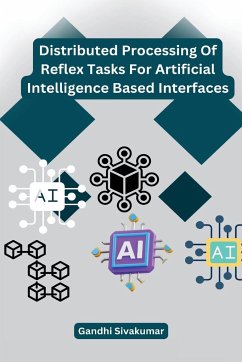The Technology AI has been in the industry even before decades and recently gained rapid adoption rate due to the evolution of aiding technologies like Big Data and Cloud fostered by high compute infrastructure. Subsequent sections delineate the AI capabilities in detail. AI Interfaces in the context of this report is defined as "primitives which are sensitive to human interactions and respond back in the natural way as humans". Depending upon the maturity, the Interfaces may have the ability to portray the contextual aspects in the responses. Text based chatty AI Interface also called as Virtual Assistant (VA) can be defined as the primitives which enable "AI-Human" interaction through Natural Language in text form. Various flavors of Interfaces exist in the market; Flavors in this context mean one or more of the following capabilities: ¿ Ability to interact in varying Language. ¿ Ability to comprehend and respond to signs. ¿ Ability to comprehend situational factors. ¿ Ability to get embedded in devices e.g. Mobile device, Laptops, KiosksArtificial intelligence (AI) based interfaces are becoming increasingly popular as more and more businesses and organizations seek to automate routine tasks and improve the efficiency of their operations. One of the key challenges of developing AI-based interfaces is processing reflex tasks, such as responding to user input or performing simple calculations, quickly and efficiently. Distributed processing of reflex tasks involves breaking down these tasks into smaller sub-tasks and distributing them across multiple computing nodes. This approach allows the tasks to be processed in parallel, which can significantly improve the speed and efficiency of the system. For example, a system designed to respond to user input could be split into multiple sub-tasks, such as processing the input, performing a search, and generating a response. Each of these sub-tasks could be assigned to a different computing node, allowing them to be processed simultaneously. Distributed processing of reflex tasks can also improve the scalability and reliability of AI-based interfaces. By distributing tasks across multiple computing nodes, the system can be designed to handle a larger volume of requests and maintain uptime even if one or more computing nodes fail. Overall, distributed processing of reflex tasks is a key technique for improving the performance and efficiency of AI-based interfaces. By breaking down tasks into smaller sub-tasks and distributing them across multiple computing nodes, organizations can design systems that can process requests quickly and efficiently, while also being scalable and reliable.







